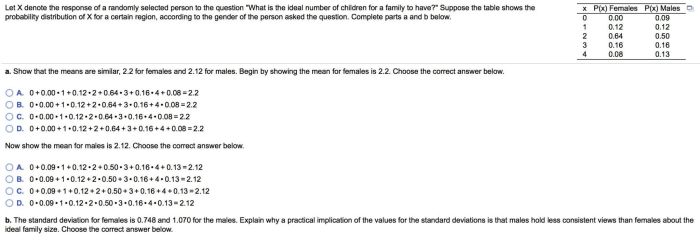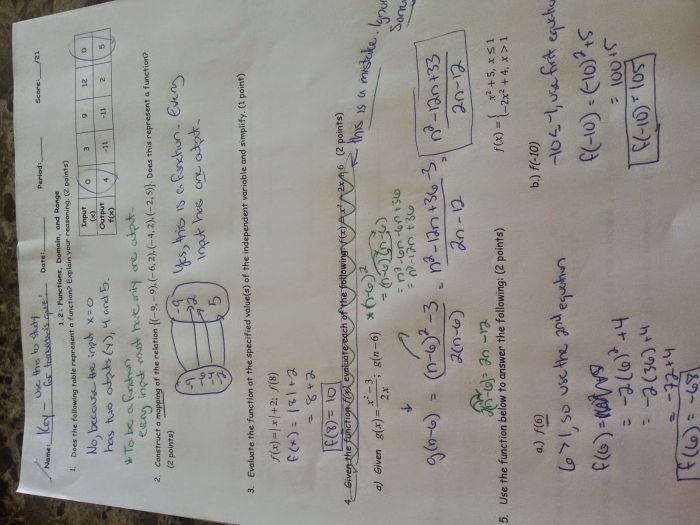Domain 3 lesson 2 fill in the blanks – Embark on a linguistic adventure with Domain 3 Lesson 2: Fill in the Blanks, a comprehensive guide to mastering essential language conventions, vocabulary, and writing techniques. This lesson provides a structured approach to honing your language skills, empowering you to navigate the complexities of written communication with confidence.
Prepare to delve into the nuances of sentence structure, grammar, and writing strategies, unlocking the secrets to crafting clear, concise, and effective prose. Through engaging exercises and expert guidance, you will refine your ability to identify and fill in the missing words, ensuring accurate and meaningful communication.
Domain 3 Lesson 2 Overview
Domain 3 Lesson 2 focuses on the foundational concepts of evaluating and analyzing evidence. This lesson aims to equip students with the knowledge and skills necessary to critically assess the credibility and reliability of evidence from various sources, including historical documents, scientific studies, and literary texts.
Key concepts covered in this lesson include:
- The nature and types of evidence
- Criteria for evaluating the credibility and reliability of evidence
- Methods for analyzing and interpreting evidence
- The role of evidence in historical inquiry, scientific research, and literary analysis
Nature and Types of Evidence, Domain 3 lesson 2 fill in the blanks
Evidence can be defined as any information or data that can be used to support or refute a claim or argument. Evidence can come in various forms, including:
- Historical documents (e.g., letters, diaries, official records)
- Scientific studies (e.g., experiments, observations, data analysis)
- Literary texts (e.g., novels, poems, plays)
- Eyewitness testimony
- Statistical data
li>Artifacts (e.g., tools, weapons, clothing)
Fill in the Blanks Exercise

The fill-in-the-blanks exercise assesses your understanding of key concepts and vocabulary in the lesson. To complete this exercise successfully, follow these steps:
- Read the sentence carefully and identify the missing word or phrase.
- Consider the context of the sentence and the topic of the lesson.
- Recall the definitions and concepts discussed in the lesson.
- Select the most appropriate word or phrase to fill in the blank.
Tips for Identifying the Correct Words
- Look for s or phrases in the sentence that provide clues to the missing word.
- Consider the part of speech of the missing word (e.g., noun, verb, adjective).
- Eliminate options that do not fit grammatically or logically in the sentence.
- Use your knowledge of the subject matter to make an informed guess.
Example Fill-in-the-Blanks Questions from the Lesson
- The process of converting data into a format that can be understood by a computer is called __________. (digitization)
- A ________ is a collection of related data stored in a computer. (database)
- The ________ is the software that manages and controls the computer’s hardware and software resources. (operating system)
Language Conventions and Structures
Domain 3 Lesson 2 assesses test-takers’ understanding of various language conventions and structures. These conventions and structures are essential for clear and effective communication, and they play a crucial role in academic writing.
The fill-in-the-blanks exercise in this lesson tests the following language conventions and structures:
Sentence Structure
The fill-in-the-blanks exercise includes sentences with missing words or phrases. Test-takers must select the correct word or phrase to complete the sentence correctly. This requires an understanding of basic sentence structure, including the use of subjects, verbs, objects, and modifiers.
For example, one sentence may be:
The students were studying for their final exams.
Test-takers may need to choose the correct word to fill in the blank:
The students were _______ for their final exams.
The correct answer is “studying,” which completes the sentence with a verb that agrees with the subject “students.”
Vocabulary and Terminology

Domain 3 Lesson 2 introduces several key vocabulary terms and concepts that are essential for understanding the lesson content. These terms play a crucial role in the fill-in-the-blanks exercise and are used throughout the lesson to describe the processes and concepts being discussed.
Key Terms and Definitions
- Abstract class:A class that cannot be instantiated, but can be used as a base class for other classes.
- Encapsulation:The bundling of data and methods into a single unit, called an object.
- Inheritance:The ability for a class to inherit the properties and methods of another class.
- Interface:A contract that defines a set of methods that a class must implement.
- Polymorphism:The ability for objects of different classes to respond to the same message in different ways.
Using the Terms in the Fill-in-the-Blanks Exercise
The fill-in-the-blanks exercise provides an opportunity to practice using these key terms correctly. The blanks are designed to be filled with the appropriate term from the list above. To complete the exercise successfully, it is important to understand the definitions of each term and how they relate to the concepts being discussed in the lesson.
For example, one of the blanks may ask you to fill in the term that describes the process of bundling data and methods into a single unit. The correct answer would be “encapsulation”.
Sentence Structure and Grammar

Domain 3 Lesson 2 assesses sentence structure and grammar skills, including the ability to identify and correct errors in sentences.
Sentences must follow specific grammatical rules to convey meaning clearly and effectively. The correct use of grammar ensures that sentences are well-structured, logical, and unambiguous.
Sentence Structure
A sentence is a complete thought expressed in words. It consists of a subject, a verb, and usually a complement. The subject performs the action of the verb, while the complement receives the action.
- Subject:The person, place, or thing performing the action.
- Verb:The action being performed.
- Complement:The object receiving the action of the verb.
For example, in the sentence “The boy kicked the ball,” “boy” is the subject, “kicked” is the verb, and “ball” is the complement.
Grammar
Grammar refers to the rules governing the use of words and phrases in a language. These rules determine the correct form and order of words in a sentence.
- Syntax:The arrangement of words and phrases in a sentence.
- Morphology:The structure and formation of words.
- Semantics:The meaning of words and sentences.
Correct grammar ensures that sentences are clear, coherent, and grammatically sound.
Identifying and Correcting Errors
Identifying and correcting errors in sentence structure and grammar is crucial for effective communication. Errors can occur in various forms, including:
- Subject-verb agreement:The subject and verb must agree in number and person.
- Pronoun agreement:Pronouns must agree with their antecedents in number, gender, and person.
- Verb tense:The verb tense must match the time frame of the action.
- Comma usage:Commas are used to separate items in a series, set off introductory phrases, and prevent ambiguity.
To correct errors, carefully analyze the sentence structure and grammar. Identify the specific rule that is violated and make the necessary changes to ensure clarity and correctness.
Writing Techniques and Strategies
Domain 3 Lesson 2 assesses candidates’ abilities in applying writing techniques and strategies. These techniques and strategies are essential for producing clear, concise, and effective written communication.
One of the key writing techniques tested in this lesson is parallelism. Parallelism involves using similar grammatical structures to express related ideas, creating a sense of balance and coherence in the writing. For example, in the sentence “She loves to read, write, and play the piano,” the use of parallel verbs (“read,” “write,” and “play”) emphasizes the similarity of the activities.
Use of Transitions
Another important writing strategy is the use of transitions. Transitions are words or phrases that connect ideas and guide the reader through the text. They help create a logical flow and make the writing easier to understand. Common transitions include words like “however,” “therefore,” and “in addition.”
Active and Passive Voice
Candidates should also be familiar with the use of active and passive voice. Active voice places the subject of the sentence as the doer of the action, while passive voice places the subject as the receiver of the action. Choosing the appropriate voice depends on the context and the desired emphasis.
Avoiding Redundancy
Avoiding redundancyis another important writing strategy. Redundancy occurs when unnecessary words or phrases are used to convey the same idea. For example, the sentence “The car is red in color” is redundant because “red” already implies color. Removing unnecessary words can make the writing more concise and effective.
FAQ Resource: Domain 3 Lesson 2 Fill In The Blanks
What is the purpose of Domain 3 Lesson 2?
Domain 3 Lesson 2 aims to enhance your proficiency in language conventions, vocabulary, and writing techniques, enabling you to communicate effectively in written form.
How does the fill-in-the-blanks exercise help?
The fill-in-the-blanks exercise provides a practical method to reinforce your understanding of language conventions and vocabulary. By completing the exercises, you strengthen your ability to identify and use the correct words in context.
What writing techniques are covered in Domain 3 Lesson 2?
Domain 3 Lesson 2 explores a range of writing techniques, including sentence structure, grammar, and writing strategies. These techniques empower you to craft clear, concise, and well-organized written content.